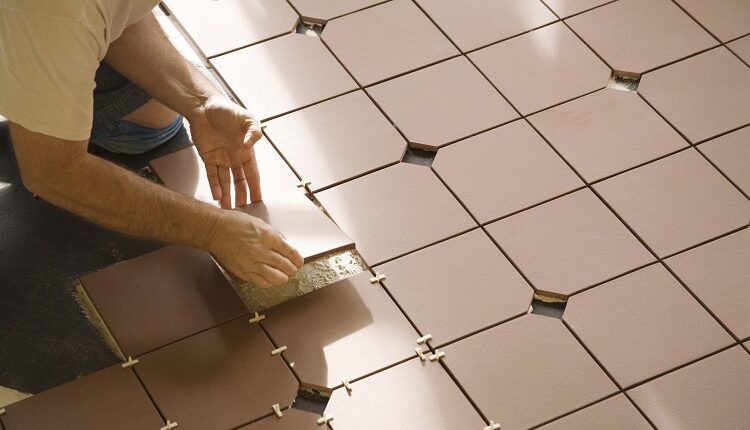Porcelain Vs. Ceramic Tiles – Comparison Guide
When it comes to porcelain versus ceramic tiles, at a glance, there’s almost no distinguishable difference between the 2. It’s their manufacturing and composition procedure that set both tiles apart from one another.
Though porcelain and ceramic tiles are kiln-fired and clay-based, porcelain is generally a specialized subtype of ceramic tiles with a hardier and stronger construction.
The 2 main factors to consider when selecting porcelain versus ceramic tiles are water-resistant. These will assist you to determine which sort of tile you’d use, from there, you can pick the style and Design Inspiration that work remarkably in your modern interior design.
Table of Contents
Quick Comparison
The main difference between these 2 is the rate of water they absorb. Porcelain absorbs less than 0.5 percent of water whilst ceramic tiles and other non-porcelain tiles soak up more. This is a down thing to the material used to create porcelain tiles.
The clay is denser and a bit less porous. It involves how these conduct yourself, and what they are best used for. Here is a helpful overview of the main things that make every tile what it’s. We like to assist where we can!
Appearance
At first glance porcelain and ceramic floor, the tile seems almost identical as both have glazed surface porcelain and ceramic tiles can be any color even made to seem like other materials, such as natural stone and wood.
Though, the design on porcelain is more likely to withstand damage, as porcelain design goes throughout the full tie.
Decorating Ideas on ceramic tiles is only printed on top and then covered with a glaze. This means that a chip on a ceramic tile is much more noticeable than a porcelain chip.
Durability
The kaolin clay material is used by the manufacturers of porcelain. It’s denser and much less porous than ceramic clay. Which makes porcelain tile more rigid and impervious to water.
So explicitly, porcelain tile floors prove to be a bit more convenient and ideal option for any flooring ideas than the ceramic floor. If you’re selecting tile for high traffic or commercial spaces then porcelain should be your primary option.
Water and Heat Resistance
If you’re looking for tiles for your outdoor Living Room Design then it’s vital to be heat and water-resistant. Ceramic and porcelain, both are water-resistant but porcelain tiles absorb less water and are denser due to their manufacturing procedure and composition. So, it contains better moisture resistance than ceramic floors.
In addition, porcelain tiles are made at extreme temperatures and are also very dense. Both of these factors make the floor tile appropriate and heath resistant. Due to this characteristic, it’s also used for countertops.
Maintenance And Cleaning
porcelain needs very less maintenance than ceramic tiles. If the edges or surface of the porcelain tiles are somewhat broken, it’s often overlooked. Though, it doesn’t break down instantly while ceramic can break simply. So regular maintenance is needed in it.
In terms of cleaning, you do not need any further care in both of these tiles. These have a glazed surface so the stains can be removed easily. You can simply clean both of these tiles using just soap-water solution and a clean cloth. But in unglazed certain floor tiles, you’ve to be more attentive.
Installation
Both porcelain and ceramic floor tiles can be very delicate to handle during installation. Ceramic tiles are not very thick, meaning they can be simple to cut in a DIY project, but might also simply chip. Porcelain meanwhile is so hard that it might be brittle and prone to cracking when handled with unprofessional hands.
If the floor tile you pick is pliable and you would like to avoid break from grout, it’s recommended to utilize un-sanded grout with minute areas between tiles.
Once installed, both floor tiles should function relatively well if the correct class of floor tiles has been used in the correct place. Installation of either floor tile, though, will almost certainly need a professional.

